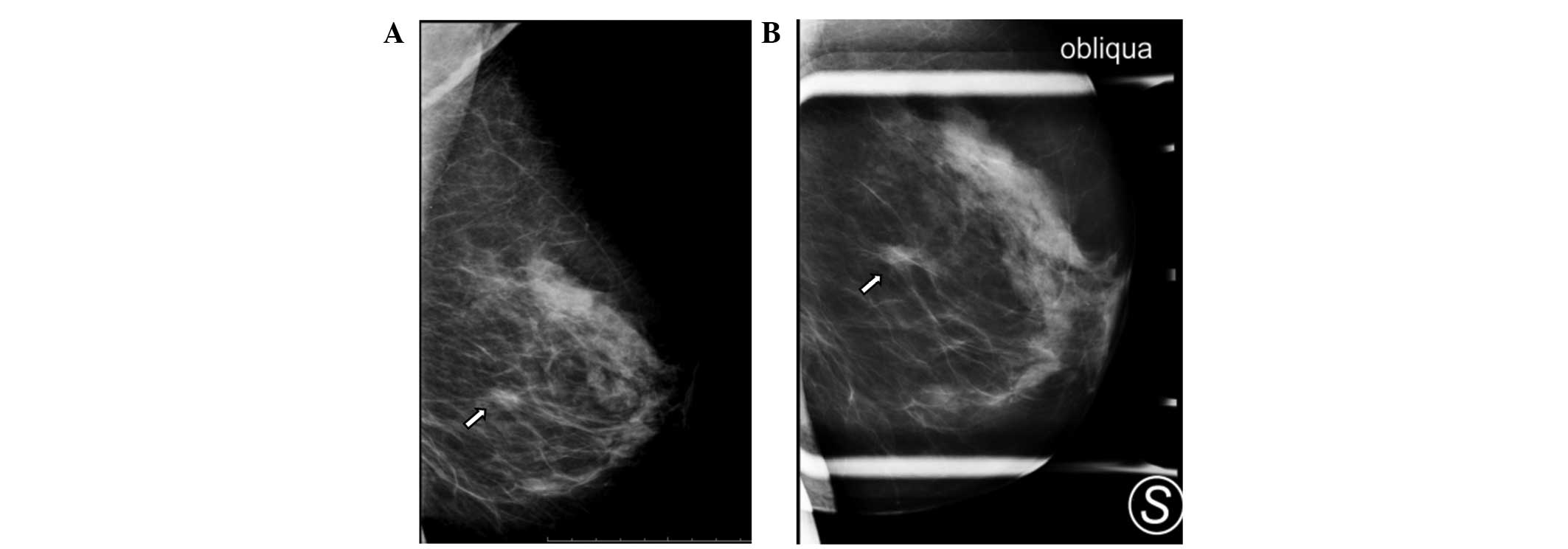Considerations arising from requests from patients for a bilateral mastectomy who are eligible for breast‑conserving surgery: Factors weighing for and against performing the operation
- Authors:
- Published online on: May 30, 2016 https://doi.org/10.3892/ol.2016.4641
- Pages: 764-766
Metrics: Total
Views: 0 (Spandidos Publications: | PMC Statistics: )
Total PDF Downloads: 0 (Spandidos Publications: | PMC Statistics: )
Abstract
Rates of mastectomy and contralateral prophylactic mastectomy (CPM) are increasing in patients with unilateral breast cancer who would be candidates for receiving breast‑conserving surgery, according to recent studies. One reason for this finding is the entitlement of patients to choose to undergo a bilateral mastectomy as a surgery option. The present case report details the case of a 52‑year‑old woman, eligible for breast conservation, who had no high risk of developing a contralateral breast cancer, but who asked for a bilateral mastectomy and immediate reconstruction instead of breast‑conserving surgery. The request for a bilateral mastectomy was declined on the basis that it would be unnecessary for the patient, and an excessive intervention; the patient subsequently obtained an independent second opinion, and she underwent a bilateral mastectomy with implant reconstruction prior to receiving wound care and follow‑up at our institution. At follow‑up 1 year later, the patient complained of sensations of general discomfort, sexual difficulties and a loss of sensation in the nipples. On the basis of the clinical outcomes of the bilateral mastectomy and the patient's experience of the operation, the present case study highlights a need for surgeons to clearly inform patients presenting with unilateral breast cancer about the attendant risks and real benefits of bilateral mastectomy, in order to reach a mutual decision in terms of health care that is not fuelled by anxiety or an overestimation of the risk of developing secondary cancer. Bilateral mastectomy should be attentively evaluated as an option only in patients with a higher‑than‑average risk of developing contralateral breast cancer.











